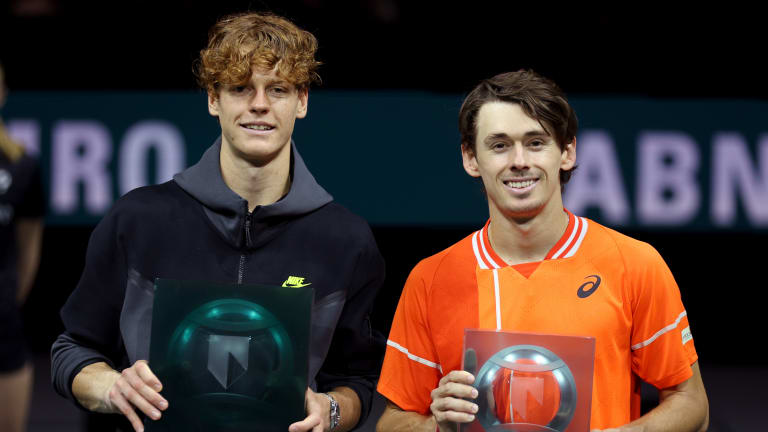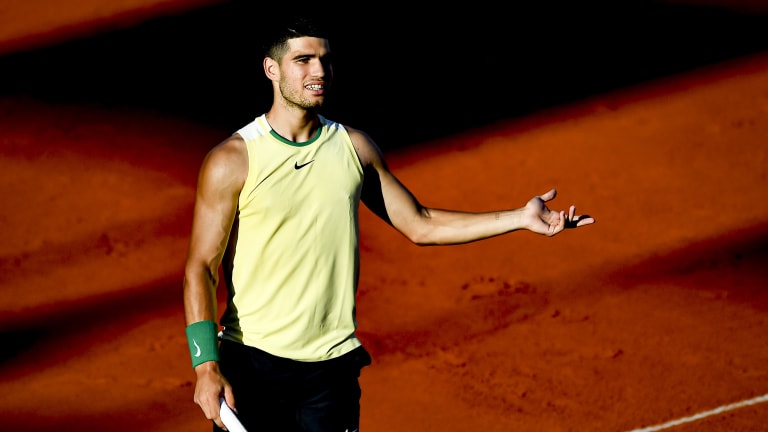ATP Rotterdam
What Jannik Sinner’s Rotterdam title, Carlos Alcaraz’s latest loss says about current state of ATP’s future
By Feb 19, 2024ATP Rotterdam
Jannik Sinner withdraws from ATP 500 Rotterdam
By Jan 27, 2025ATP Rotterdam
Tsitsipas moves past qualifier Lehecka to secure final-round spot in Rotterdam
By Feb 12, 2022Opinion
Does tennis need a Rules Committee?
By Dec 14, 2025ATP Challenger Tour
Sinner, Alcaraz, Fonseca all won the Next Gen ATP Finals at 18. Will Justin Engel join them?
By Dec 13, 20252025 Year In Review
WTA Match of the Year Honorable Mentions: Comebacks, marathons, anti-epics, and Sabalenka on the winning side
By Dec 13, 2025The Business of Tennis
Garbiñe Muguruza returns to Madrid as co-tournament director
By Dec 13, 2025Social
Alexandra Eala carries flag for Philippines at 2025 SEA Games
By Dec 12, 20252025 Year In Review
Victoria Mboko and Janice Tjen among players honored by ITF for 2025 breakthroughs
By Dec 12, 20252025 Year In Review
WTA Match of the Year, No. 1: Amanda Anisimova comes of age in Aryna Sabalenka Wimbledon stunner
By Dec 12, 2025What Jannik Sinner’s Rotterdam title, Carlos Alcaraz’s latest loss says about current state of ATP’s future
The differences between the two, in form and confidence, were made clear in their performances this past weekend.
Published Feb 19, 2024
Advertising

Sinner has now won the last three ATP 500 tournaments he's entered.
© GETTY IMAGES
Advertising

Alcaraz hasn't appeared in a final since falling to Novak Djokovic in last August's instant classic at Cincinnati.
© Getty Images